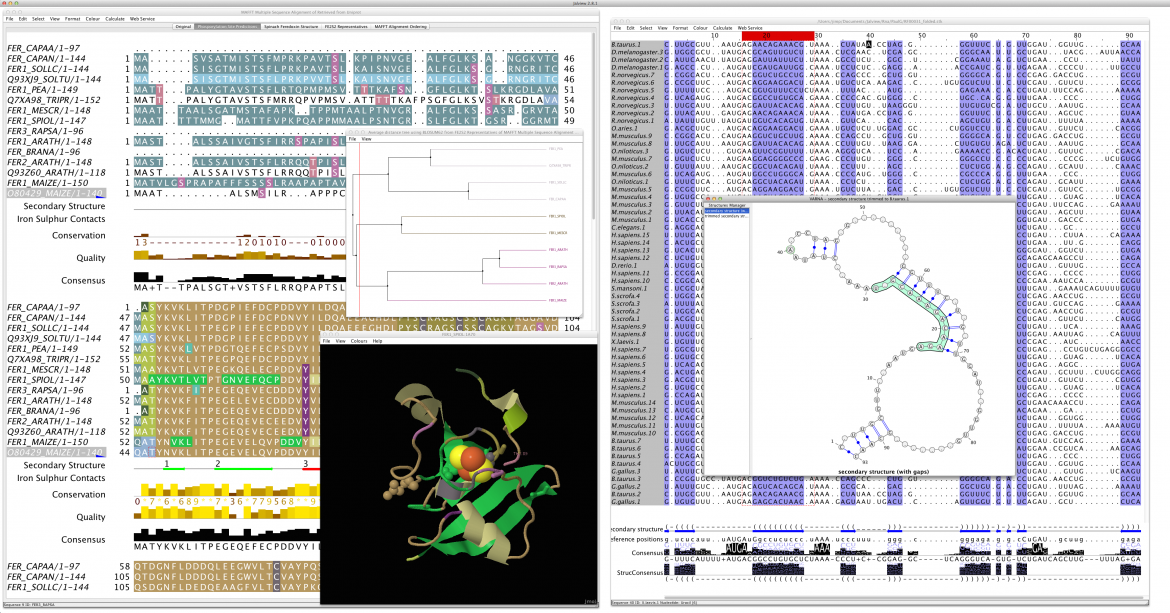
GenotypeChecker is a desktop software tool for assisting data cleansing. The application identifies likely data errors in pedigree/genotype data sets by performing an inheritance-checking algorithm for each marker across the pedigree, and highlights inconsistently inherited genotypes in an exploratory user interface. By ‘masking’ suspect datapoints and rechecking inheritance consistency, erroneous datapoints can be confirmed and cleansed from the data set. The software, examples and documentation are freely available at http://bioinformatics.roslin.ac.uk/genotypechecker.
| Release Date: | |
| Status: | |
| Availability: | |
| Data type: | |
| Techniques: | |
| Software: | |
| Technology: | |
| Platform: | |
| Requirements: |
Project development
Last updated on 9th November, 2016
- Read more about GenotypeChecker
- Log in or register to post comments








